#HELIO OITICICA
Explore tagged Tumblr posts
Text
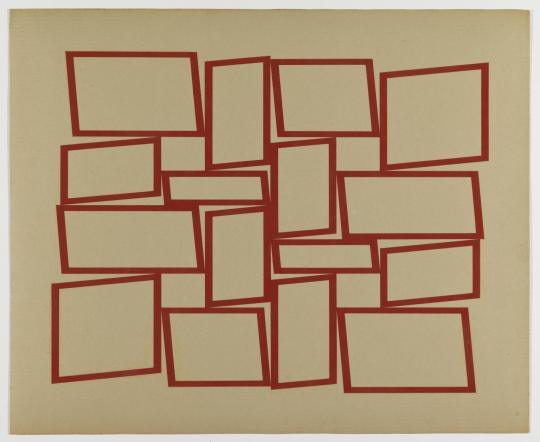
Hélio Oiticica (Brazilian, 1937-1980), Metaesquema, 1958. Gouache on cardboard, 52.3 × 64.2 cm. Tate
328 notes
·
View notes
Text

Helio Oiticica - Metaesquema 251
8 notes
·
View notes
Text
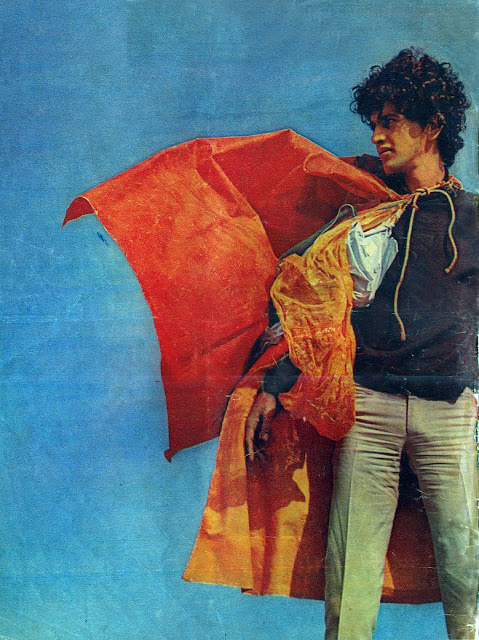
I wrote in The Brooklyn Rail about art & autocracy, and looking anew at art by artists who dealt with authoritarian violence and oppression. It feels much more relevant at the moment, and heading off all the authoritarianism we're seeing feels more urgent than ever, and even more important than it felt just yesterday.
image: Geraldo Viola's 1968 photo of Caetano Veloso wearing Helio Oiticica's Parangolé P4 Cape 1
4 notes
·
View notes
Text

METASQUEMA NO. 179 BY HELIO OITICICA (1956)
3 notes
·
View notes
Photo
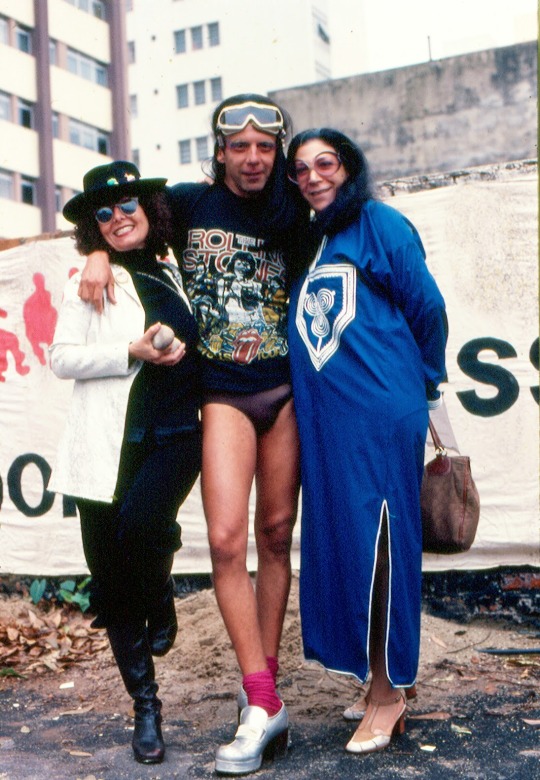
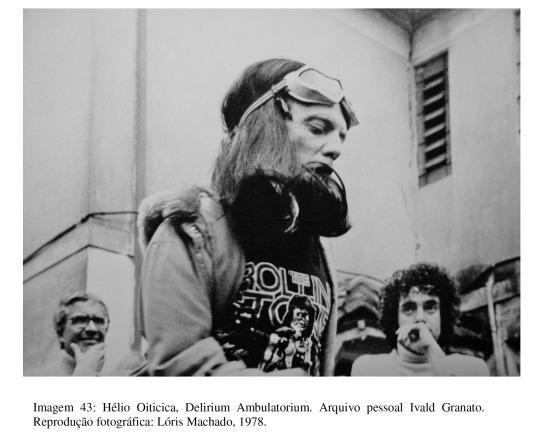
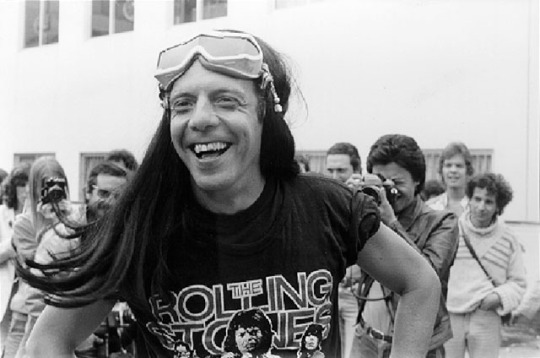
Hélio Oiticica, (acima) com Lygia Pape e Esther Emilio Carlos, participa do evento Mitos Vadios, organizado por Ivald Granato em São Paulo, novembro de 1978.
#heliooiticica#Helio Oiticica#mitosvadios#mitos vadios#Ivald Granato#lygia pape#esther emilio carlos
20 notes
·
View notes
Photo
Hélio Oiticica is a Brazilian Neo-Concrete artist (1937–1980) whose work ranges from abstract geometric paintings to large-scale site specific works. His most famous installations, Tropicalia and Eden (1967), Oiticica aims to create a counter-capital, filled with references to Brazilian life through the favelas and the perception of how bodies move in samba through his Penetrables structures. The works exemplify the artist’s interest in how visitors should participate with art and create culture on their own terms. “The museum is the world,” he once remarked. “It is the everyday experience.”

Hélio Oiticica, Untitled (Grupo Frente), 1955
Carbon print and gouache on paper 30.6 x 40.8 cm 12 x 16 in
Lisson Gallery
#Helio Oiticica#geometric abstraction#Hélio Oiticica#brazilian art#latin american art#art#works on paper#artist info#Oiticica info#abstract info
81 notes
·
View notes
Text
Research into Immersive Experiences
(Ana Carolina Thompson - MA Concept Art)
Blog Post 1
*Cosmococas series - Helio Oiticica and Neville D'Almeida*
Hélio Oiticica, during his residency in New York in the early 1970s, collaborated with filmmaker Neville D’Almeida on groundbreaking installations known as Cosmococas [Programa in Progress, Quasi-Cinema].

These installations, termed "spatial interventions," combined slide projections, soundtracks, and tactile elements to create immersive environments. They were part of the exploration of "quasi-cinema" and the use of cocaine as mix to aim at examining the audience's interaction with the spectacle of images and fostering creative freedom.

The immersive work in question is a profound exploration of cocaine use, crafted by artists Hélio Oiticica and Neville D'Almeida. Their efforts converge to reveal the distinct stages through which an individual may pass during the consumption of this stimulating substance. With a cinematic eye, they created five unique environments, each representing a different stage of this experience.

The artists' intention was to transport the viewer into a sensory world that echoed the sensations and transformations experienced by those who consume cocaine. Each environment, meticulously designed and executed, aims to capture the essence of a specific stage of this process.
From the initial euphoria to the total immersion in the effects of the drug, through introspection and uncontrolled agitation, the spaces created by the artists are a journey through the transforming psyche. In projecting this work, they not only intended to create an aesthetic experience but also to provoke reflections on the effects and complexities of psychoactive substance use.

This unique approach, which combines art, immersion, and a cinematic narrative, challenges the boundaries of what is conventionally understood as artistic expression. It is an attempt to translate the human experience in its entirety, even if it means confronting the darkest and most controversial aspects of our existence.
Cosmococa/CC1 Trashiscapes - Inhotim (2021). https://www.inhotim.org.br/en/item-do-acervo/cosmococa-cc1-trashiscapes/.
0 notes
Text

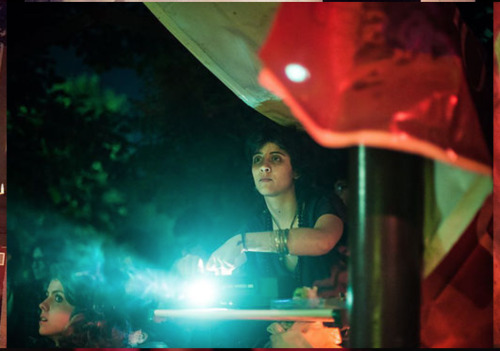
Camilla Boreal;
Cami Boreal
Cultura Video Edição ao Vivo Boreal é artista visual multimídia, trabalha com pintura, Cinema Expandido e video edição ao vivo e videomapping. Atualmente em Floriano§polis estuda escultura e faz máscaras, e é mãe de um. Interessada por cenografia, iluminação cênica, mediação em museu e projetos de arte e tecnologia com Video Mapping; viveu em Berlin por quase três anos. Ama as linguagens da arte do cinema ao vivo e a mixagem de vídeos, e considera o trabalho de Vj como uma possibilidade lúdica para iluminar e guiar as pessoas no êxtase das apresentações teatrais e musicais. Desde 2017 estuda as experiências de projeção analógica e o conceito "Quase-cinemas", do artista Helio Oiticica. Pintura à mão que vira projeção Boreal gosta de trabalhar com software digital, desde edição ao vivo e “Live Cinema”, até instalações de vídeo e vídeo mapeamento (video mapping) . Mesmo assim, toda a base para este trabalho provém de uma pré-produção de lâminas de projeção em cromo analógico e feito à mão, para projeção de slides de 36mm.
Bio Camilla Boreal vive entre Florianópolis e Berlim, cresceu em Curitiba e viveu em São Paulo. Foi amante em Coletivo Voodoohop, que abriu as primeiras portas. Cami Boreal trabalhou Raush&Flausch, e colabora com a Love Foundation Global. Num hiato dos projetos ao vivo de Vj, veio desde Berlim para viver em Sambaqui, aonde cria e compartilha ateliê, na maravilhosa costa West Coast de Floripa.
Outros CarnavaisBoreal já se apresentou em grandes festivais como Ressonar e Universo Paralelo, na Bahia - Brasil; Waking Life - Portugal; Wiener Festwochen, Áustria; Garbicz Festival, na Polônia; Bucht Der Träumer e Conscious Madness na Alemanha. Cami Boreal iniciou seus estudos em Artes Visuais na UTPPR e concluiu o Bacharelado em Comunicação e Multimeios pela PUCSP em 2017. Ela trabalhou com midialivrismo de 2013 a 2015, jornalismo livre e libertário em diferentes cenários de ocupação em São Paulo, quando de 2014 a 2016 aprendeu a arte de filmar e editar vídeos profissionalmente.
A.K.A Cami Boreal
Nasceu nos anos 90 e é Leonina. instagram: @BorealCami email: [email protected] site: www.camiboreal.tumblr.com galeria: https://camiboreal.hotglue.me/
1 note
·
View note
Text
QCQ 3
Quote: "Chapter Two discussed the importance of phenomenology for a generation of Brazilian artists working in the rg6os. In the I970S, this interest became more socially engaged: Lygia Clark's small-scale sculptural objects, to be handled by the (occasionally blindfolded) viewer, came to take the form of a psychological group therapy in which the senses were regarded as key to the process of healing. In the work of Helio Oiticica, installations became an occasion for collective interactions and relaxation. For him, activation of the viewer was a political and ethical imperative in the face of an oppressive dictatorship: a call to collective sensory perception and fusion with one's environment as a mode of resistance, and ultimately of emancipation. Grounded in an experience of the body, vivencias opposed Brazilian state repression on the one hand and the pervasive consumerism and alienation of US culture on the other."
Comment: During the Dictatorship in Brazil, many of our artists had to produce art that was against the political situation that was happening there, but in a subtle way so that people could interact with them and understand that it was against the dictatorship. Also, in many ways, we copy several things from the US, we have many brands from here and there, but there's this big campaign against foreign having foreign brands and items, because we have the same power to produce the same things and in the same quality, so we can help the country's industry instead of supporting the industry of somewhere else. So, many artists has been trying to produce arts on that subject.
Question: Why politics are always against artistry and how did artists survive/survived during eras that politics were oppressive?
1 note
·
View note
Photo

Lygia Clark and Helio Oiticica
#Lygia Clark#Helio Oiticica#perse#fashion#style#photography#film photography#art#artist#design#designer#paint#painter#Architecture#sculpture
2K notes
·
View notes
Photo

Hélio Oiticica, Parangolé P15, Capa 11, Incorporo a revolta, 1967
35 notes
·
View notes
Text

Lygia Clark & Hélio Oiticica, Diálogo: Óculos (Dialogue goggles), 1968
108 notes
·
View notes
Text

Hélio Oiticica, L'après-midi quase evening (1973)
Medium: Cibachrome prints pasted on paper
Dimensions: 11 9/16 × 17 11/16" (29.3 × 45 cm)
Credit: Gift of Patricia Phelps de Cisneros through the Latin American and Caribbean Fund
Image from MoMA
14 notes
·
View notes


